Early Verdict
The Xiaomi Mi 11 Lite is a phone meant for those who really care about the design and feel of their smartphones more than just the raw specifications. It manages to achieve that while offering one of the best display and audio experiences in the segment. The other aspects are strictly average though.
Pros
- +
Incredibly ergonomic
- +
E4 display
- +
Stereo speakers
Cons
- -
Software quite buggy
- -
Average cameras
Why you can trust TechRadar
Two-minute review
It wouldn’t be wrong to say that smartphone designs and direction have stagnated in recent years — most non-foldable devices have the same approximate footprint, dimensions and weight. Bigger bodies have become the norm to incorporate bigger batteries and other essential components. A byproduct of this pursuit is that smartphones were getting too unwieldy.
Think about it, when was the last time you could use an Android device with ease, reaching all the corners of the screen with one hand? Or not get a case of smartphone pinky after long sessions of use? There’s a reason why compact phones are making a comeback, even if they have to cut many corners to achieve the design.
The new Xiaomi Mi 11 Lite is a product that goes against these norms by offering a form factor that will be alien to many. It is now the slimmest and lightest smartphone of the season, enabled by innovative internal design and choice of materials instead of opting for a smaller screen.
Xiaomi calls it an entry into the lifestyle smartphone market, targeted at the small group of consumers that value ergonomics and hardware experience more than the raw specs or performance. While that would put off many users, it is one of the only devices that emphasises the in-hand feel. You’ll see the company’s marketing to also be quite different from its usual messaging.
Other Xiaomi Mi 11 Lite specifications are rather standard, with the Snapdragon 732G at its heart, 128GB of storage and up to 8GB of RAM. What is new is the inclusion of a Samsung E4 display, which is being seen for the first time in this segment. It’s a 6.55-inch AMOLED screen with a smooth 90Hz refresh rate and other premium features.
The Xiaomi Mi 11 Lite marks the company's entry into the lifestyle smartphone segment — unlike most other devices that chase specifications, thus targeting an underserved demographic.It feels unbelievable in the hand and looks stunning!Images to understand its sleekness🤯 pic.twitter.com/KOb2sndPTGJune 23, 2021
For now, the two areas of concern for us are the relatively small battery and the average camera hardware. The MIUI software skin needs a bit of polishing too, so we’ll hold our final thoughts till a software update fixes these issues.
The Indian pricing of the Mi 11 Lite is rather competitive, making it a differently premium experience in the sub Rs 25,000 segment — unlike the other gaming and camera-centric devices.
Xiaomi Mi 11 Lite price in India and availability
Check out the Xiaomi Mi 11 Lite 4G
6GB: Rs 21,999| 8GB: Rs 23,999 on Flipkart
Rs 1,500 off with HDFC Bank card
Rs 1,500 discount for pre-orders
Launched on June 22, the Xiaomi Mi 11 Lite is available in two configurations. The 6GB variant is priced at Rs 21,999 while the 8GB variant is priced at Rs 23,999. Globally, the Mi 11 Lite 4G starts at €299, which converts to about Rs 27,000 — making the Indian pricing much more competitive.
It will be available for purchase on Flipkart starting June 28, but interested consumers can pre-order a device from June 25 and avail an early-bird discount of Rs 1,500. Further, HDFC Bank cardholders can get an additional instant cashback of Rs 1,500.
At that price, it competes with the Xiaomi Mi 10i, Redmi Note 10 Pro Max, Poco X3 Pro, Moto G 5G and others at around the Rs 20,000 price point. For now, only the 4G model is available but the company tells us that the 5G model will tag along if there’s enough demand.
Design
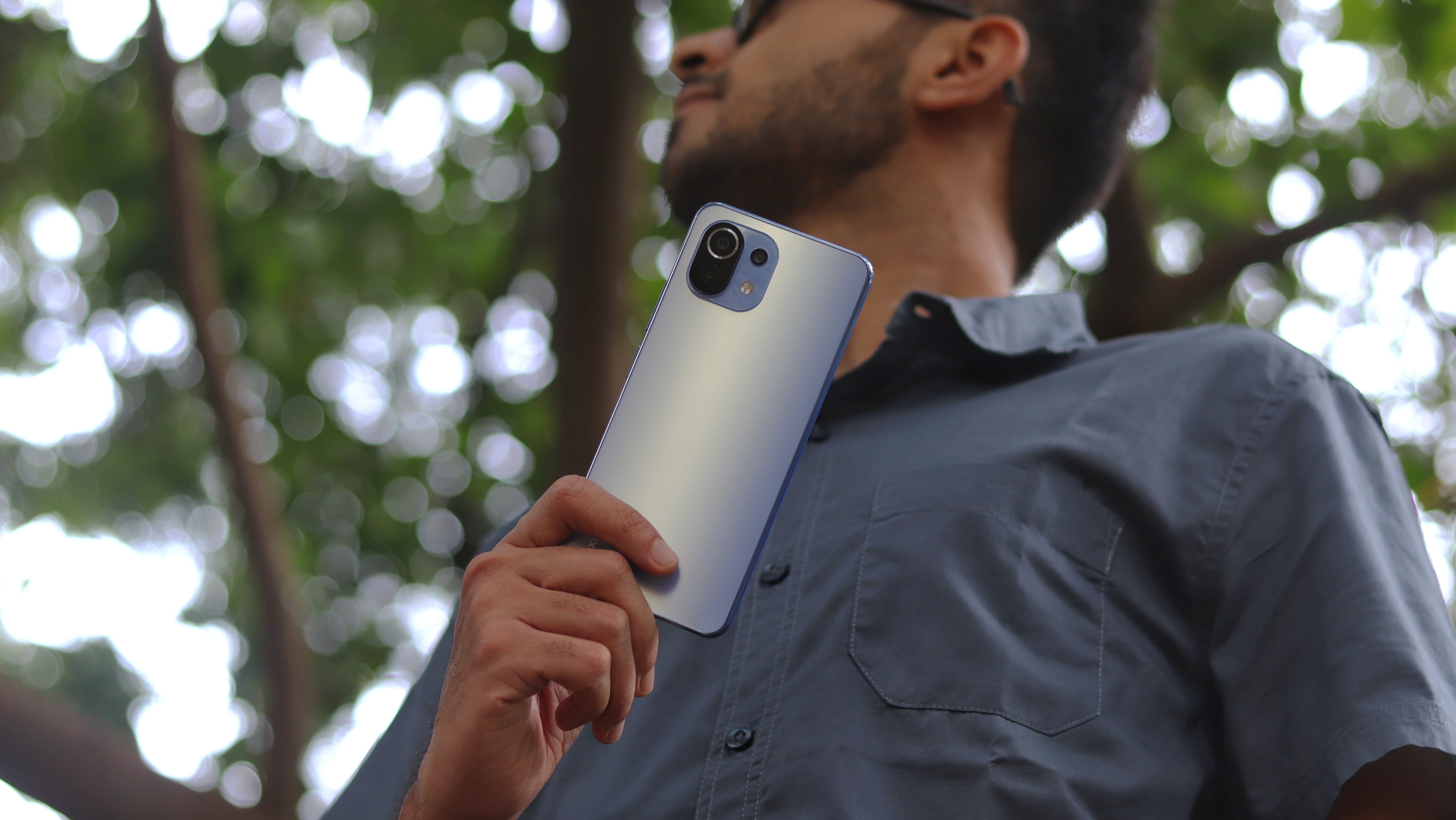
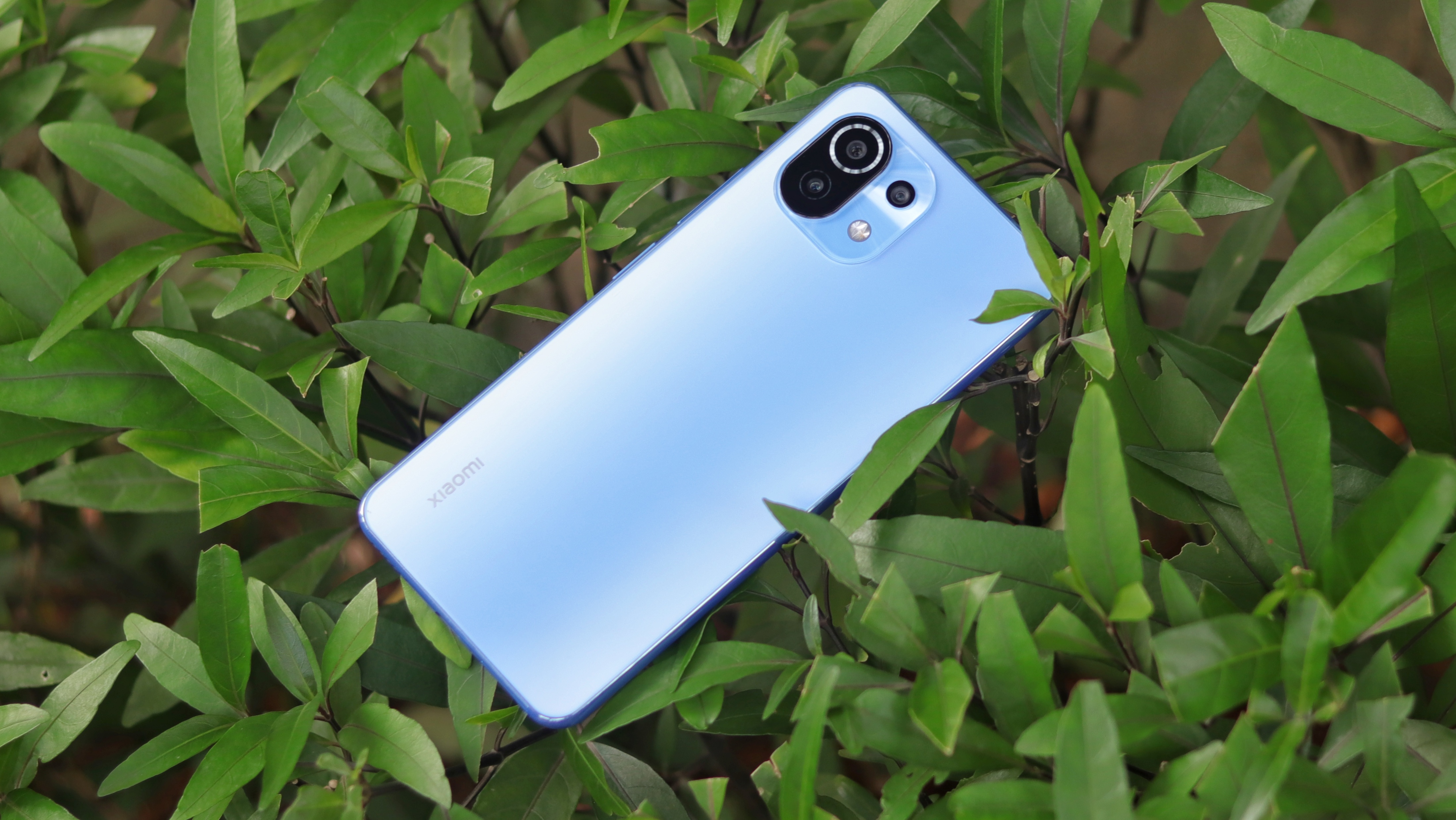
Xiaomi spent a big part of the keynote talking about the design of the Mi 11 Lite, and with good reason. It is a phone with a strong emphasis on design, as evident by its accolades of being the thinnest and lightest phones of the year.
This was achieved by a number of reasons. Firstly, a flexible OLED display was used instead of a conventional one, which is about 50% slimmer. The internals were reorganised on a PCBA that is 35% smaller than most phones. New 10015 capacitors were opted for instead of the usual 0603 variants, which are seen only on the newer iPhones. The internal stacking also got a facelift with a chip-on-board process. A magnesium alloy mid-frame was used to reduce the total weight.
All of these efforts combine to allow the Xiaomi Mi 11 Lite to achieve a weight of just 158g and a thickness of 6.81mm. These stats are bested only by compact devices such as the iPhone 12 Mini and the Asus Zenfone 8, which have far smaller screens.
The moment we picked it up, the phone felt unbelievably lightweight — almost as if we were handling a dummy unit. Thankfully, it doesn’t feel cheap. The back is made of glass, giving it a very premium texture, held together by a slender plastic frame.
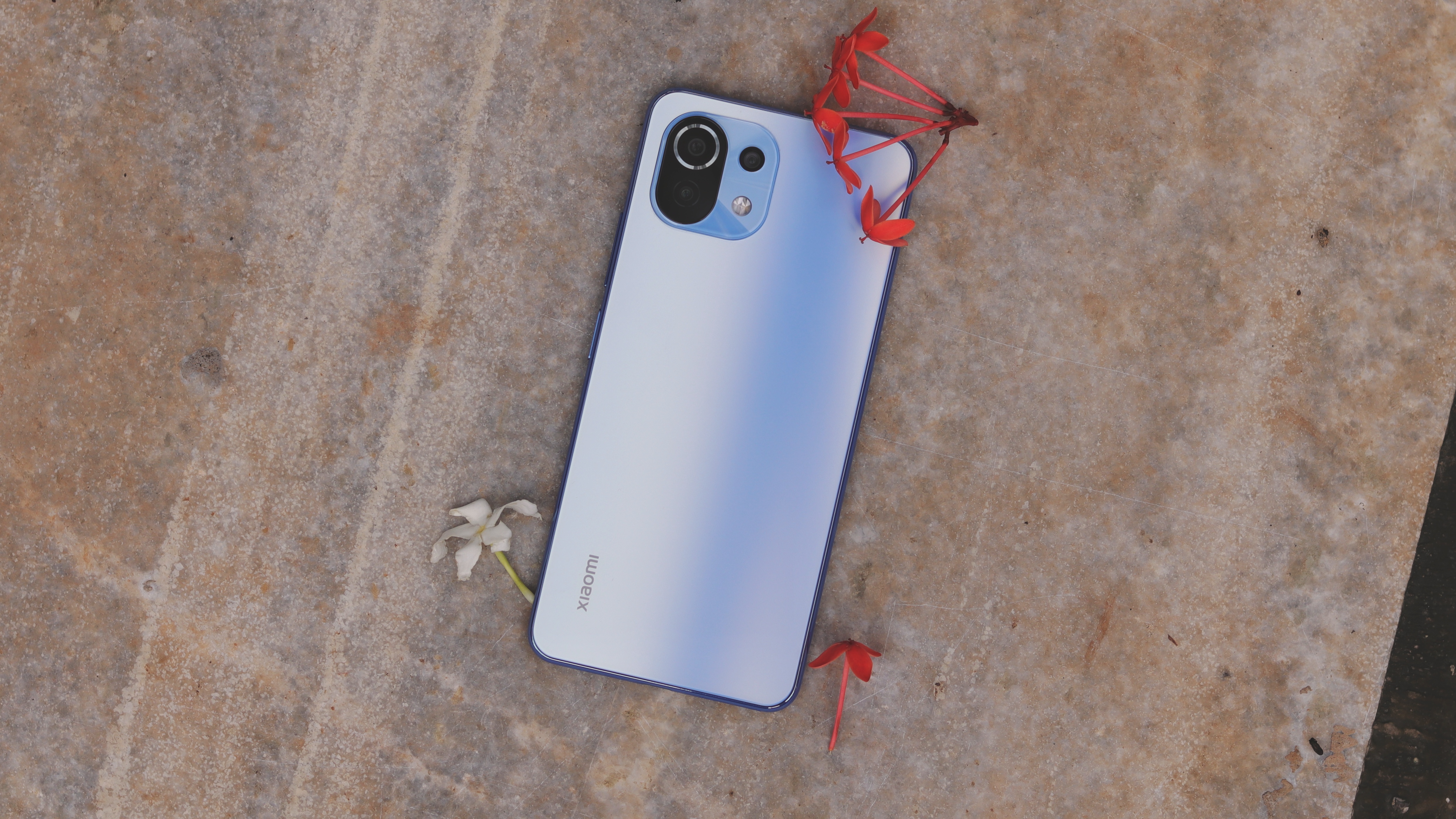
Making phones thinner gets exponentially difficult from a hardware design standpoint.
We tested the Jazz Blue colourway for our review, and it looks absolutely amazing! It has a rich matte finish with a high degree of diffusion, so stray lights look add gradients across the body. The blue colour is a little dull, making it look more classy than tacky. There’s also a pink Tuscany Coral colour as well as the classic Vinyl Black.
In recent years, we’ve become accustomed to having ginormous phones that struggle to fit into shorts or hand purses. The Mi 11 Lite is a breath of fresh air in that regard, easily slipping into the skinniest of pants and smallest of purposes. You’ll possibly forget that it’s even there.
It’s a very minimal design otherwise, with a square camera island on the rear which protrudes a little bit, a fingerprint scanner embedded in the power button on the right, and the primary loudspeaker on the bottom. No points for guessing that it does not have a headphone jack.
Xiaomi believes that this new design direction will let it tap into the underserved market that prioritizes the design and ergonomics over gaming performance or cameras. For now, it does seem to have found the right balance. However, most other users will be better suited with something like the Redmi Note 10 Pro Max or the Poco X3 Pro.
Display
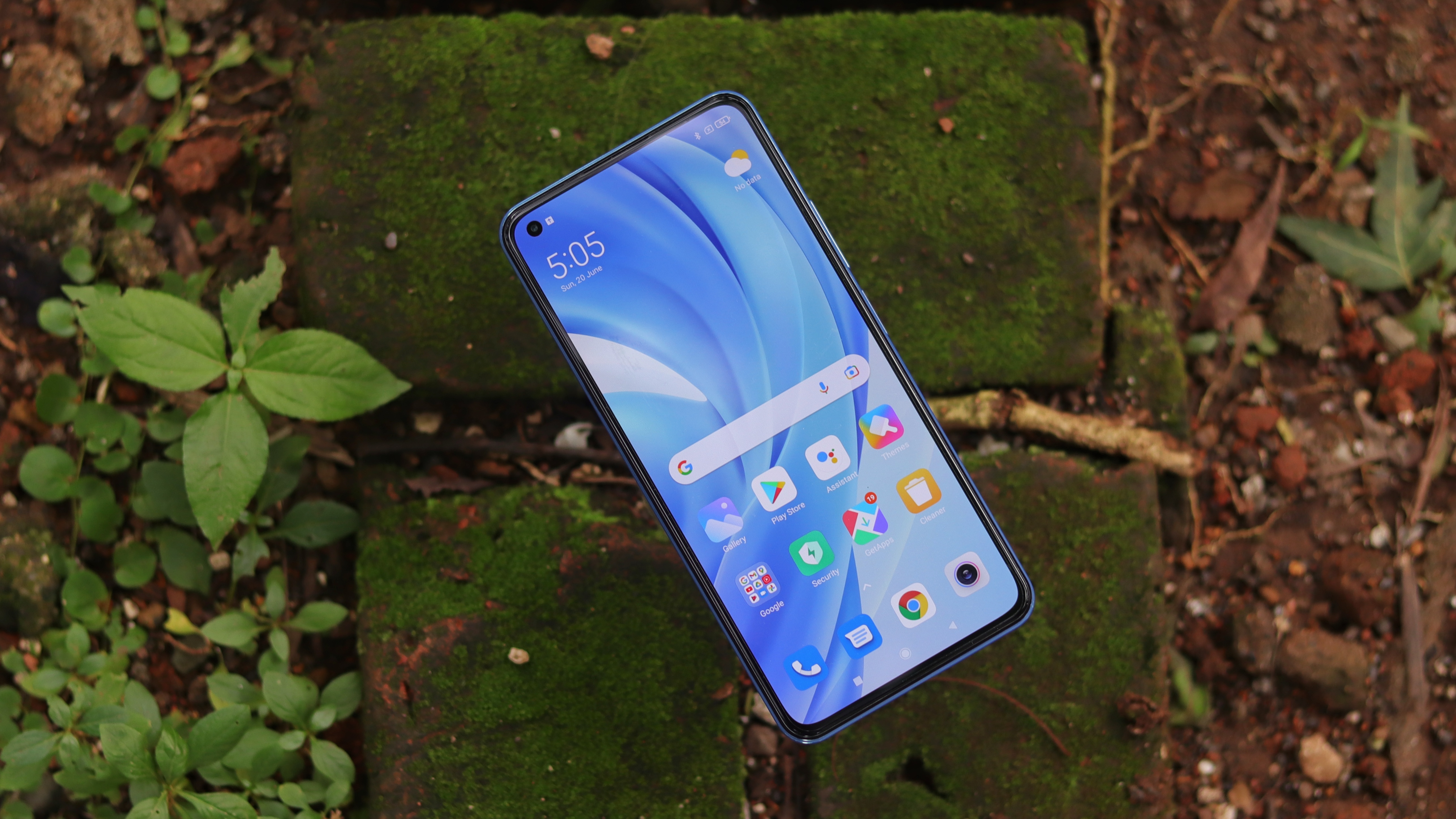
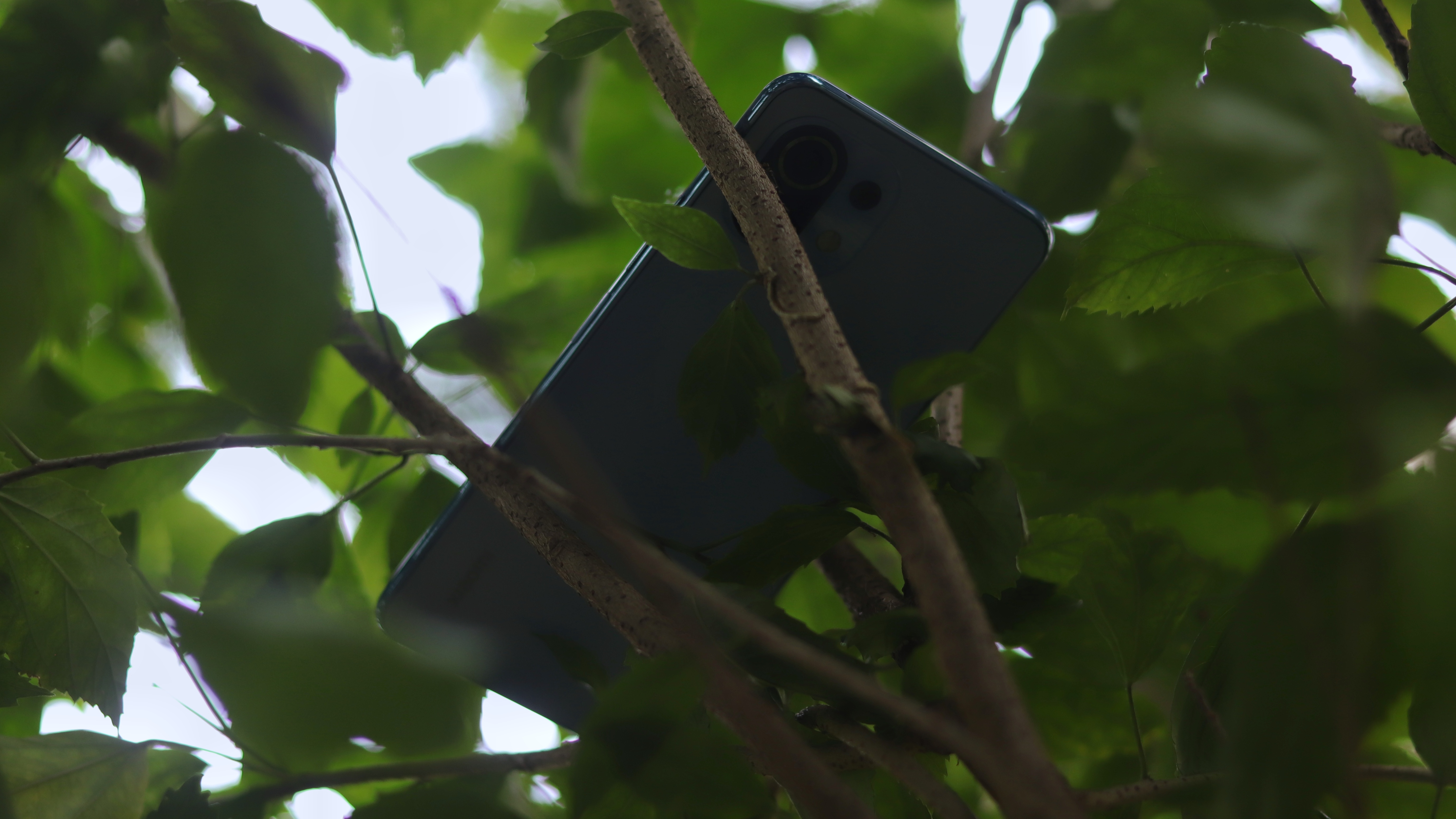
It’s not just designed where Xiaomi sets new records as the Mi 11 Lite is now the cheapest phone to offer an E4 display. For the uninitiated, it is Samsung’s new display material that is capable of rendering higher brightness and contrast levels.
We’re looking at a 6.55-inch AMOLED panel with a Full HD+ resolution, HDR10 certification and 10-bit colour support. More importantly, it has a variable screen refresh rate of 90Hz and a touch sampling rate of 240Hz. The interface has been tuned to take full advantage of these specifications.
There’s also Gorilla Glass 5 protection on top for scratch and shatter resistance and a 360-degree ambient light sensor for better brightness and colour temperature changes.
Visuals are quite bright and colourful on the Xiaomi Mi 11 Lite, with ample saturation, contrast and peak brightness. The high refresh rate makes the phone feel a lot smoother, which is always appreciated.
The earpiece doubles as a secondary speaker for stereo sound, providing good channel separation and adequately loud output.
Performance


The specifications and the performance were not key focus points of the Xiaomi Mi 11 Lite’s development — and that’s okay. The current market is filled with devices try to chase numbers while most users will never come close to using the phone to its full potential. You’ll have to play heavy 3D games to edit videos to slow it down.
Under the hood, we get the tried-and-tested Snapdragon 732G, which is an octa-core chipset built on the 8nm process with a peak frequency of 2.3GHz. The same processor powers devices such as the Redmi Note 10 Pro, Moto G40, Poco X3, etc.
In our initial testing, the phone seems to run well enough for most daily tasks without hiccups. However, there seems to be some issue on the software front that brings jitteriness in simple tasks. We will check if software updates address this.
Battery


The Xiaomi Mi 11 Lite has a relatively small battery with a 4,250mAh unit to maintain the slim profile. Recent Xiaomi phones have been quite frugal with power consumption and even the chipset is known to be efficient, so we’re not very pessimistic.
An upside of the smaller battery is that it should charge faster. The included 33W adapter is claimed to go from 0 to 59% in 30 minutes.
Camera
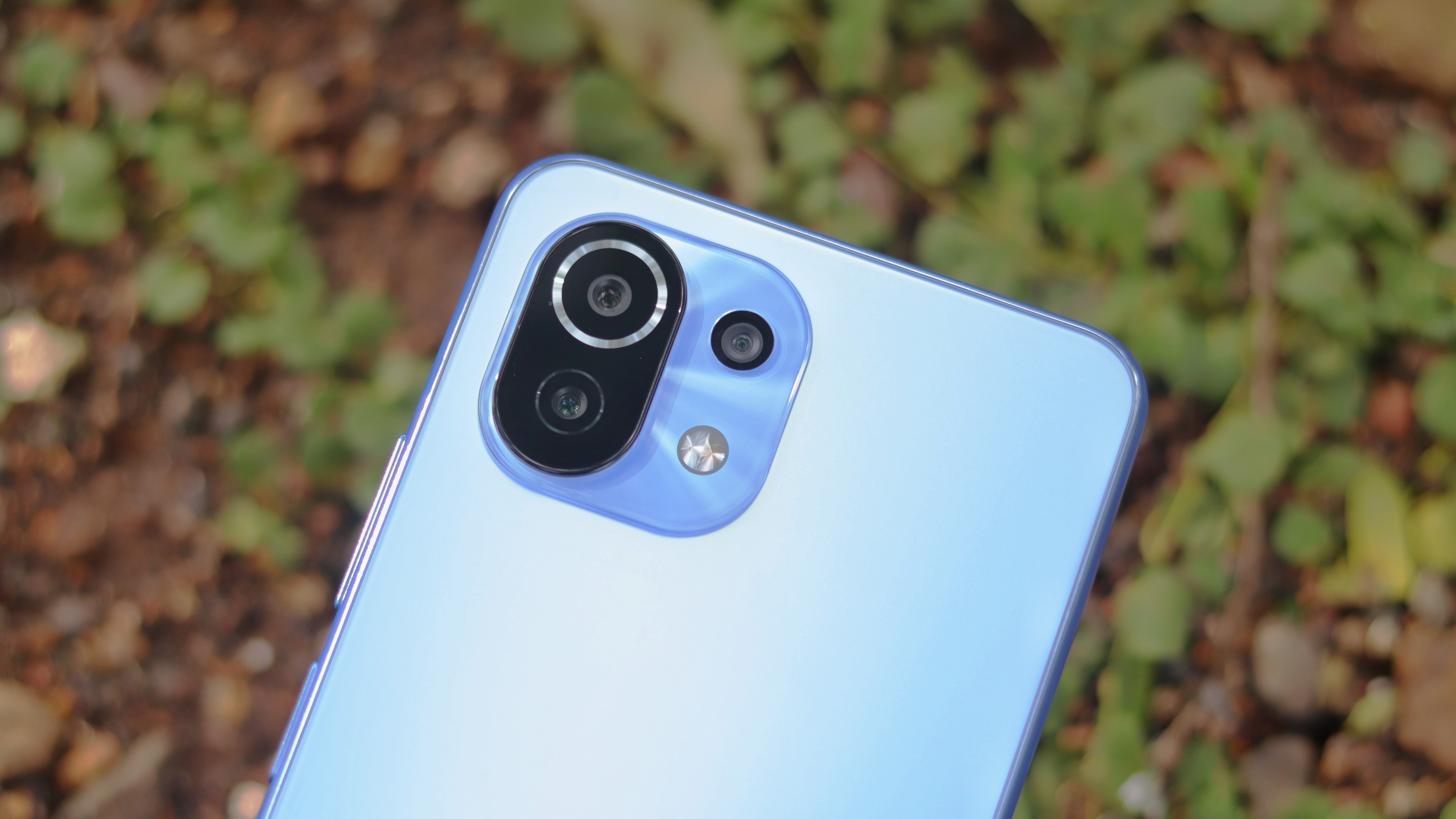
Having less physical space inside the body means that the Xiaomi Mi 11 Lite has to opt for smaller image sensors. The three cameras on the back consist of a 64MP f/1.79 primary sensor, an 8MP ultra-wide lens and a 5MP macro shooter with 2x magnification. There’s a 16MP selfie camera in a punch-hole notch on the front.
While the hardware is ordinary, Xiaomi has tried to make it a fun and versatile photography experience with a barrage of shooting modes and effects such as sky replacement, clone, parallax, director mode, 4K video, slow motion, vlog, etc.
Early verdict
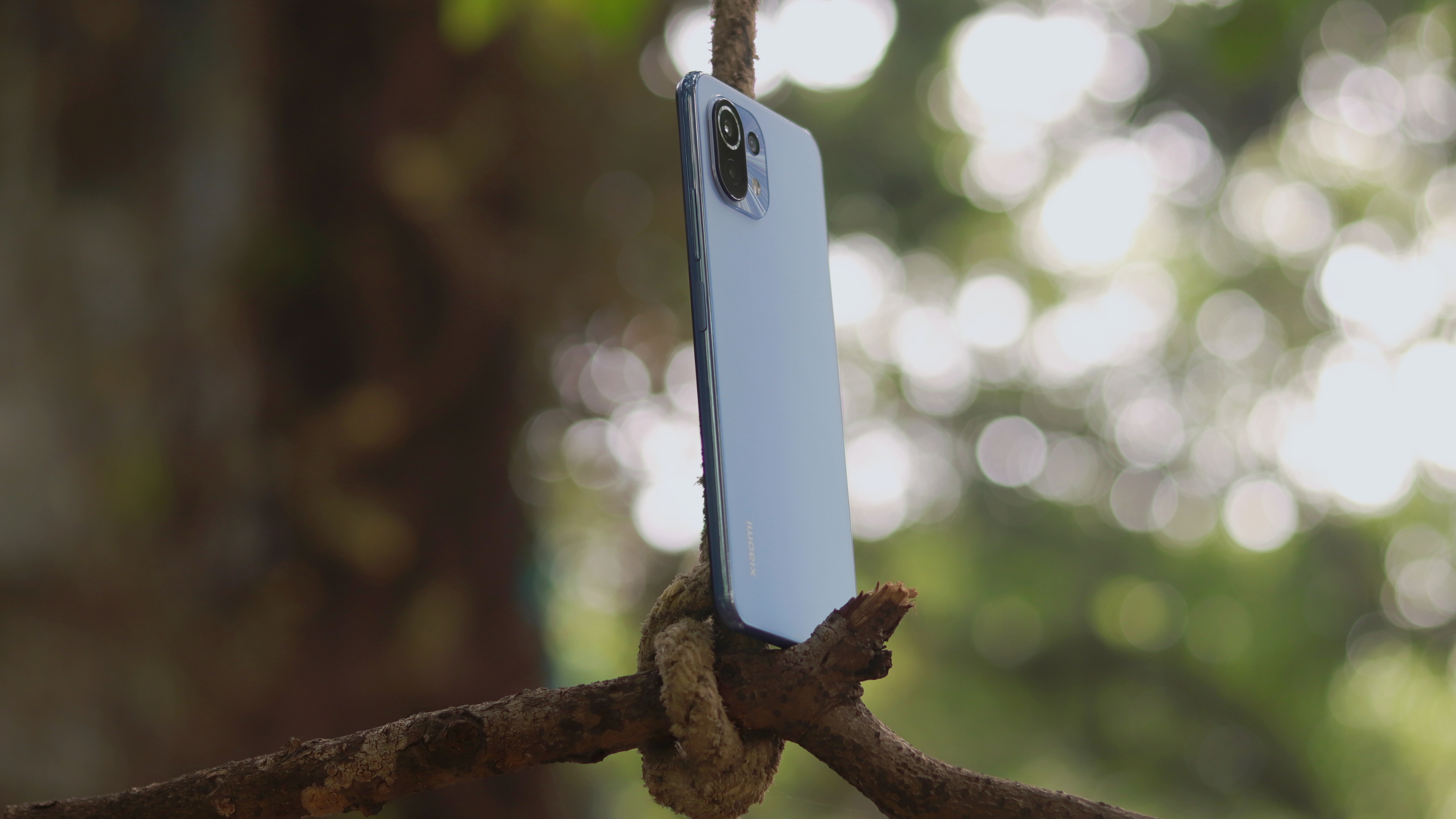
The Xiaomi Mi 11 Lite is a very different phone. It would not be correct to test it on our usual parameters as they put less weight on the design and corresponding experience.
While we will continue to test if the hardware compromises are worth the sleek form factor, the initial impression seems positive. It’s a very comfortable device that is enjoyable to use all the time for watching videos, texting, playing games or even photography.
Check out the Xiaomi Mi 11 Lite 4G
6GB: Rs 21,999| 8GB: Rs 23,999 on Flipkart
Rs 1,500 off with HDFC Bank card
Rs 1,500 discount for pre-orders
Aakash is the engine that keeps TechRadar India running, using his experience and ideas to help consumers get to the right products via reviews, buying guides and explainers. Apart from phones, computers and cameras, he is obsessed with electric vehicles.
What is a hands on review?
Hands on reviews' are a journalist's first impressions of a piece of kit based on spending some time with it. It may be just a few moments, or a few hours. The important thing is we have been able to play with it ourselves and can give you some sense of what it's like to use, even if it's only an embryonic view. For more information, see TechRadar's Reviews Guarantee.



